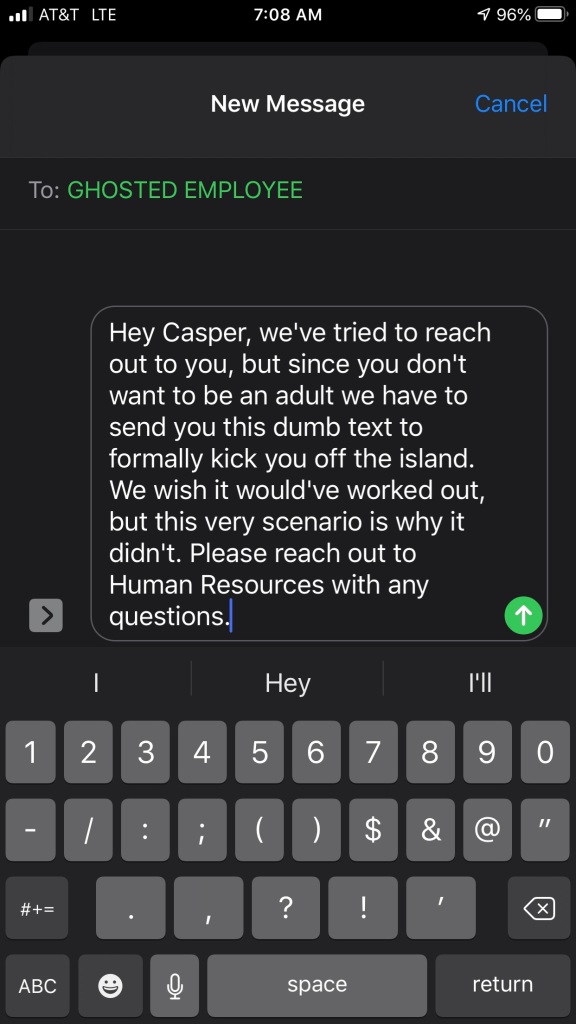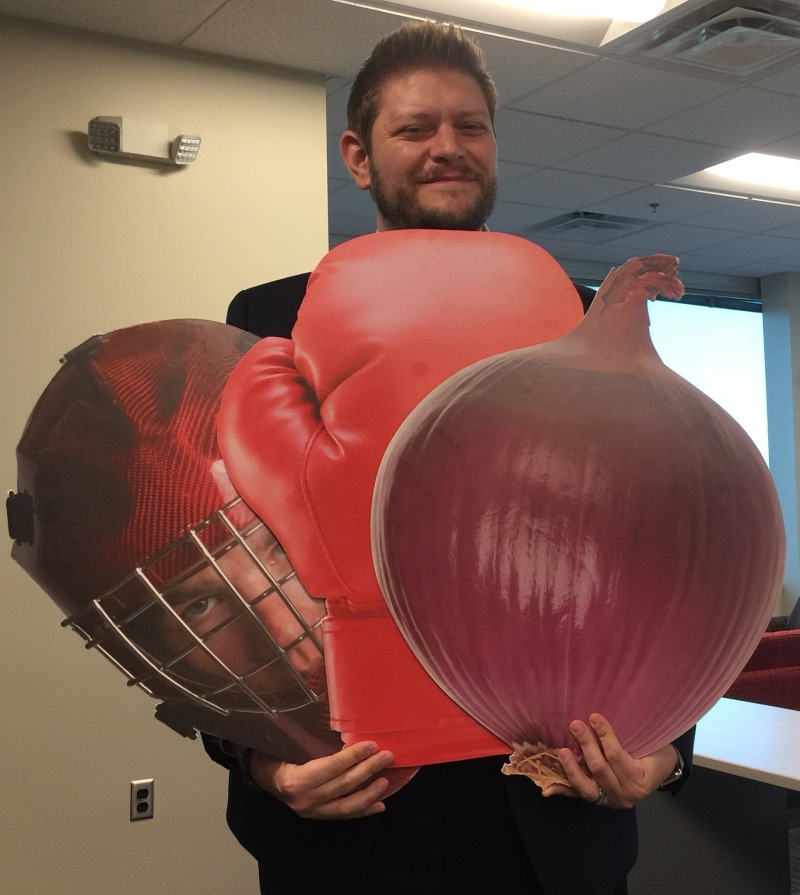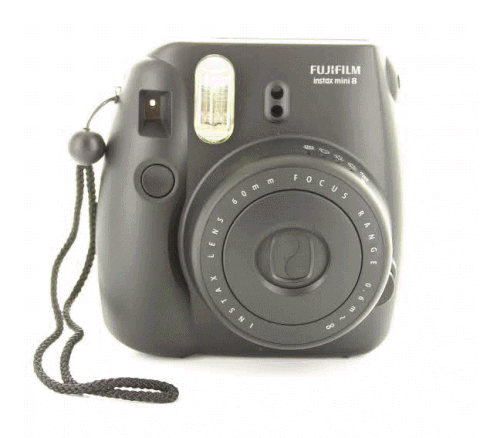I don’t like to #Fail. Sooooo, I brought a different concept to the office to give Gamification in the workplace another shot. This time, it worked. All it took was a 3 foot tall RED ONION.
My latest challenge in operations management takes place at a home improvement firm, specifically the call center. The call center is relatively young to the business, and it’s purpose is still being defined. Right now it functions as a sales lead generator and a sales appointment preserver. On the sales preservation side, the team takes and makes customer calls to set and confirm appointments. The most important task? Preventing cancellations.
Have you ever cancelled a recurring service, or even an annual subscription? The best providers have a tried and true method to identify why you are cancelling, meaningful responses and solutions to keep you as a customer, and measureable results that show the teams’ ability to save accounts. All of this requires commitment, training, and effort. DirecTV does an amazing job of this, always offering free content or billings rebates, maybe even equipment upgrades to ensure your continued loyalty. I reviewed hundreds of the teams recorded phone calls and realized my newly inherited team lacked training and consistency with regards to asking questions and being persistent. I went to Fathead.com and ordered a large onion, boxing glove, and goalie mask.
I decided to leverage symbols associated with the desired behaviors and results, and empower peer-to-peer recognition to drive change. The rules? If anyone inside or outside of the call center heard a teammate asking multiple and meaningful questions about why a customer was cancelling their appointment, we handed that person the ONION (stripping back layers of the onion, finding the hidden or unspoken reason why a customer intends to cancel). If someone heard a teammate fighting through objections and putting a visible amount of emotional effort and focus into saving the appointment, they got the BOXING GLOVE. And finally, if they saved the appointment and convinced the customer to give us their time, they got the GOALIE (Saaaaaaaaave!). Everyone could give or receive any of the symbols multiple times within a day.
Within the next 3 weeks we had increased the number of scheduled appointments remaining on-schedule by +25% (a large improvement for this environment). We had achieved the intended result; however, there were a handful of unforeseen benefits that compounded our overall divisional performance improvement. The Sales side of the division had begun to take and use symbols like the BOXING GLOVE! They heard their sales peers countering objections with reasonable responses and controlling questions, and they decided to join in on the game. I ultimately got them a few symbols to use specific to their skill set (a large $100 bill for scheduling appointments within the same day, a very impactful result that often leads to a sale). Additionally, other company executives and leaders saw the symbols, visited the call center, and engaged with teammates asking “Tell me about the ONION?” Needless to say, the entire concept made changing and evolving more stimulating, drenched the environment in awareness around desired behaviors, and celebrated real-time change and results.
Further cementing the concept’s success was its carryover into owning customer interactions and asking customers purposeful questions. These actions are always a hallmark for success in sales. The Sales portion of the call center had begun to ask deeper questions about customer needs, and they began to fight harder when a customer would object (respectfully, refuse to accept “NO” for an answer). Through Mid-August call center sales were forecasted to close +50% above the prior month’s totals. Gamification #Win!




